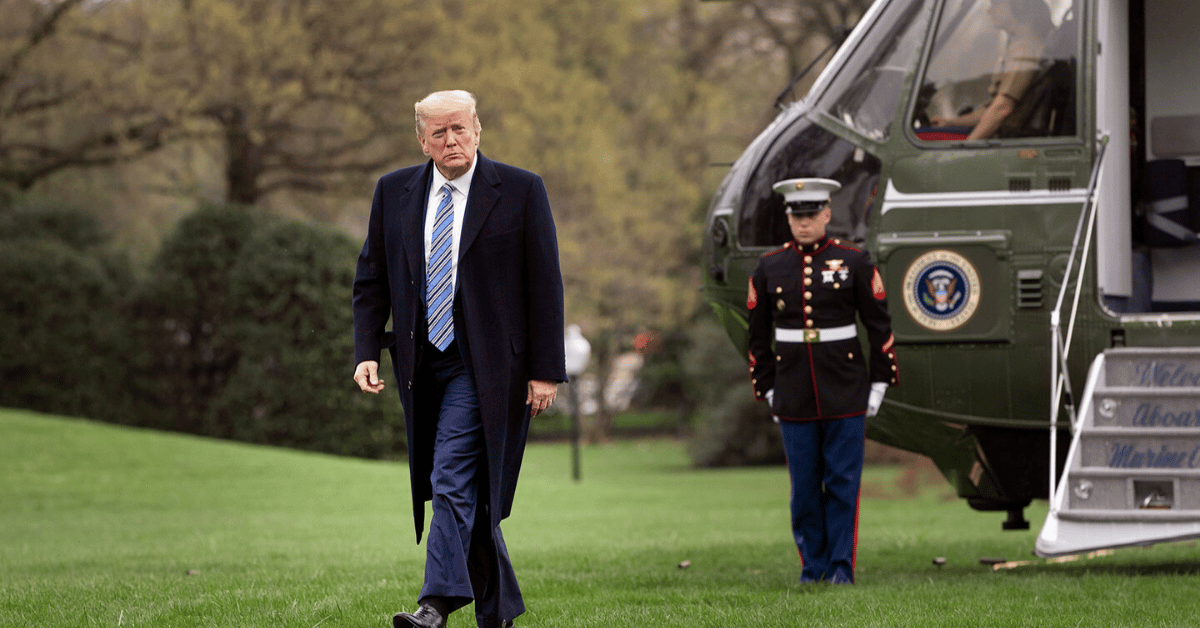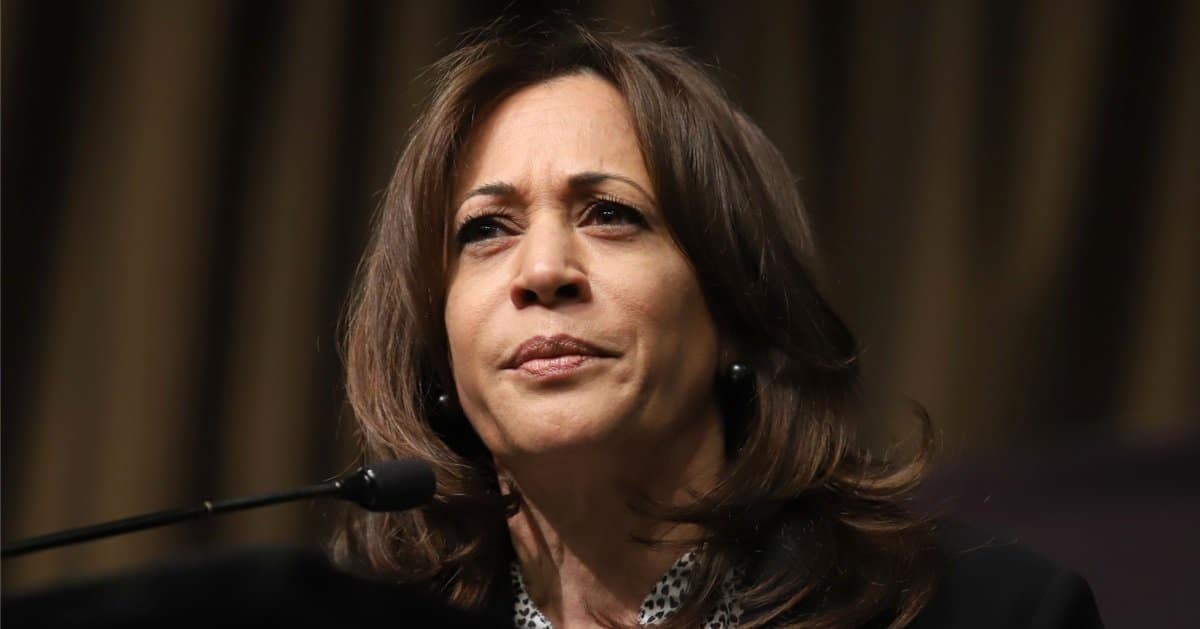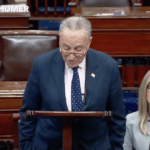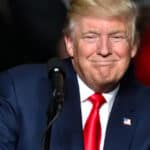

Could the winds of change be blowing through Washington’s stance on Ukraine’s military arsenal? President Donald Trump has hinted at a potential shift in policy that might loosen the tight reins on Ukraine’s use of U.S.-made long-range weapons, a move that could reshape the battlefield dynamics in the ongoing conflict with Russia.
The Washington Examiner reported that during a sideline meeting at the United Nations General Assembly this week, Trump discussed the issue with Ukrainian President Volodymyr Zelensky, signaling an openness to rethink current restrictions, though no firm decision has been made.
Zelensky didn’t hold back, pressing for access to advanced weaponry like the Tomahawk missile, a precision-guided beast with a 1,000-mile range built by RTX, and the freedom to strike targets deep inside Russian territory.
Current U.S. policy, however, keeps a firm lock on using American-supplied systems like the Army Tactical Missile Systems for such attacks. It’s a leash that Ukrainian leaders argue cripples their efforts to push back against Russian occupation.
Trump’s response to Zelensky, as reported by the Ukrainian leader himself, was a cryptic “We will work on it.” That’s hardly a signed contract, but it’s enough to get tongues wagging about whether the administration might pivot from its hardline stance. For conservatives wary of endless foreign entanglements, this raises a question: Is this a step toward strength or a slippery slope into deeper involvement?
The backdrop to this potential shift is Trump’s broader goal of wrapping up the Ukraine-Russia conflict through diplomatic channels, a promise made upon taking office in January.
Progress on that front, however, has been slower than a bureaucratic paper shuffle. While Trump has pointed fingers at both Zelensky and Russian President Vladimir Putin, his recent critiques have sharpened against Putin, whom he now sees as the bigger roadblock to peace.
Meanwhile, Zelensky has been vocal about the urgency of stronger military tools, arguing that restrictions hinder Ukraine’s ability to reclaim occupied lands.
Ukrainian forces, despite the limitations, are already targeting military sites in Russian territory—a bold move that shows they’re not waiting for permission slips. It’s a gritty determination that resonates with those who value standing up to aggression, even if the method raises eyebrows.
Looking ahead, Ukrainian officials are set to visit the U.S. next week for talks with War Secretary Pete Hegseth, as noted by the Wall Street Journal. These discussions could be a pivotal moment in determining whether the administration bends on its weapons policy. For now, it’s all speculation, but the stakes couldn’t be higher.
Let’s not forget the mechanics of how this aid works—Trump’s administration doesn’t directly hand over weapons to Ukraine. Instead, NATO allies buy the gear from the U.S. and pass it along, a setup that keeps American fingerprints at arm’s length while still fueling the fight. It’s a clever workaround, though some might argue it’s just outsourcing the tough calls.
Zelensky’s frustration with the status quo is palpable, especially when he speaks about the need for retaliation. “They have to know that we in Ukraine, each day, we will answer,” he told Axios, driving home the point that Ukraine isn’t sitting idly by.
It’s a fierce stance, but one that risks escalating tensions if unchecked—something conservatives might admire for its resolve but question for its long-term wisdom.
Trump’s own words on the social media platform Truth Social offer a glimpse into his broader vision. He’s hinted at the possibility of restoring Ukraine’s original borders with time, patience, and hefty financial backing from Europe and NATO.
It’s a long game, one that prioritizes allied burden-sharing over unilateral American action—a nod to fiscal conservatism that many on the right can get behind.
Yet, the same post also reaffirmed Trump’s commitment to supplying weapons through NATO, letting them decide the endgame. This hands-off approach might frustrate those who crave decisive leadership, but it aligns with a pragmatic view of avoiding direct U.S. entanglement. It’s less about isolationism and more about smart power distribution.
The potential easing of restrictions isn’t just about missiles; it’s about signaling to adversaries like Russia that the U.S. isn’t backing down. For too long, progressive foreign policy has leaned on endless negotiations while ignoring the power of a strong deterrent. Trump’s openness to change here could be a refreshing counterpoint, if handled with caution.
Still, there’s a flip side that can’t be ignored—lifting these limits could drag the conflict into a hotter phase, something no one on the right or left should cheer for lightly.
The balance between supporting allies and avoiding a wider war is a tightrope, and Trump’s hesitation to commit fully might just be the prudence we need. It’s not weakness; it’s weighing the cost of every move.



